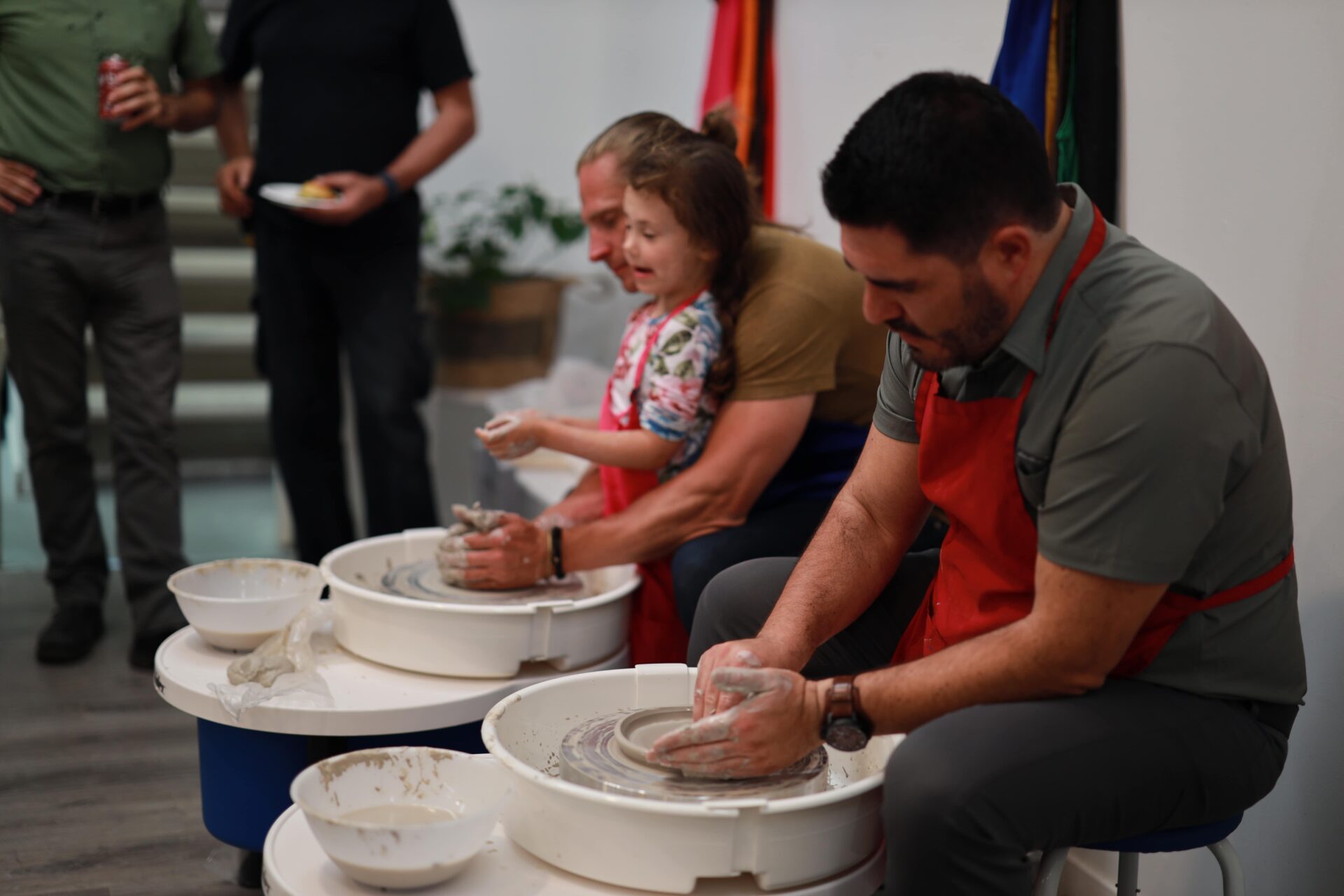Pottery decoration basics can transform simple clay pieces into works of art. This guide dives into the essential techniques and tools, offering insights for both novice and experienced potters seeking to elevate their craft.
Contents
- 1 Understanding Pottery decoration basics
- 2 Incorporating Pottery decoration basics into Your Work
- 3 Honing Your Skills Through Practice and Experimentation
- 4 Real Mastery Case: Palette Art Studio
- 5 Frequently Asked Questions
- 5.1 What are the basic tools needed for pottery decoration?
- 5.2 How do I choose the right glaze for my pottery?
- 5.3 Can I combine different decorating techniques on one piece?
- 5.4 How long does it take to master pottery decoration techniques?
- 5.5 What is sgraffito, and how is it used in pottery?
- 5.6 Are there any online resources for learning pottery decoration?
Understanding Pottery decoration basics
Introduction to Pottery Decoration
Pottery decoration is a vital part of the ceramic arts, allowing each piece to showcase individual style and creativity. Whether you’re just beginning or looking to refine your skills, understanding the fundamentals is key to crafting unique and visually stunning pottery.
The Art of Glazing
Glazing is crucial for adding color, texture, and protection to pottery. Learning how to apply glazes effectively, and experimenting with different combinations, can significantly enhance the aesthetic appeal of your pieces. Glazes can range from glossy to matte finishes, each offering a distinct look. Additionally, incorporating pottery underglazing tips can further enhance your decorative techniques, allowing for more intricate designs and vibrant colors before the final glaze application.
Surface Decoration Techniques
Surface decoration techniques such as carving, stamping, and sgraffito enable potters to add intricate patterns and textures to their work. These techniques can create visually striking effects and add depth and dimension to pottery. Carving allows for detailed designs, while stamping can add repeated patterns efficiently.
Mastering Underglaze Painting
Underglaze painting involves applying colored pigments to unfired pottery, which provides greater control and precision. This technique is perfect for detailed designs and can be layered with other decorating methods for stunning results. Underglazes come in a variety of colors, allowing for endless creative possibilities.
Incorporating Pottery decoration basics into Your Work
Experimenting with Glaze Combinations
Once you understand the basics, start incorporating them into your work. Experiment with different glaze combinations to create interesting color gradients and unique finishes. Testing on sample tiles can help you predict outcomes before applying them to your final pieces.
Adding Texture with Surface Techniques
Use surface decoration techniques to add texture and visual interest to your pottery. Combine carving and stamping to create complex designs, or use sgraffito to reveal contrasting colors beneath the surface. Each method adds a unique element to your work.
Detailed Designs with Underglaze Painting
Apply underglaze painting for detailed and intricate designs. This technique allows for fine lines and detailed imagery that stand out. Combine underglaze painting with other techniques for multi-layered effects that captivate the viewer.

Honing Your Skills Through Practice and Experimentation
The Importance of Practice
Mastering pottery decoration takes time and patience. Regular practice helps develop skills and refine techniques. Dedicate time each week to experiment and learn from your successes and mistakes.
Learning from Workshops and Classes
Attend pottery workshops or classes to learn from experienced artists. These sessions provide hands-on experience and valuable feedback. Learning in a community setting also offers inspiration and new ideas.
Utilizing Online Resources
Take advantage of online tutorials, books, and videos to expand your knowledge. The internet is a treasure trove of information, offering new techniques and tips from potters around the world.
Real Mastery Case: Palette Art Studio
Client Success Story: Sarah’s Journey in Mastering Pottery Decoration Basics
At Palette Art Studio, we had the pleasure of working with Sarah, a dedicated potter who visited us weekly. Initially seeking a relaxing hobby, Sarah quickly became passionate about pottery decoration. Guided by our experienced instructors, she mastered various techniques.
Sarah’s journey began with pottery painting, where she learned to apply underglazes with precision. Her early works showcased intricate designs that highlighted her growing skills. As she progressed, Sarah explored glazing and surface decoration techniques. Her pieces evolved, displaying complex textures and vibrant color combinations.
Over time, Sarah’s commitment and creativity flourished. Her once-weekly sessions became a transformative experience, allowing her to express herself through beautifully decorated pottery. Sarah’s story is a testament to how dedication and expert guidance can lead to artistic mastery.

Frequently Asked Questions
What are the basic tools needed for pottery decoration?
Essential tools include carving tools, brushes, sponges, stamps, and various types of glazes and underglazes.
How do I choose the right glaze for my pottery?
Consider the desired finish (glossy or matte), color, and compatibility with your clay body. Experimentation and sample tests are helpful.
Can I combine different decorating techniques on one piece?
Yes, combining techniques like underglaze painting, carving, and glazing can create unique and layered effects.
How long does it take to master pottery decoration techniques?
Mastery varies per individual, but regular practice and continuous learning can significantly speed up the process.
What is sgraffito, and how is it used in pottery?
Sgraffito involves scratching through a surface layer to reveal a different color beneath. It’s used for creating intricate patterns and designs.
Are there any online resources for learning pottery decoration?
Yes, numerous online tutorials, courses, and forums are available for potters at all skill levels


